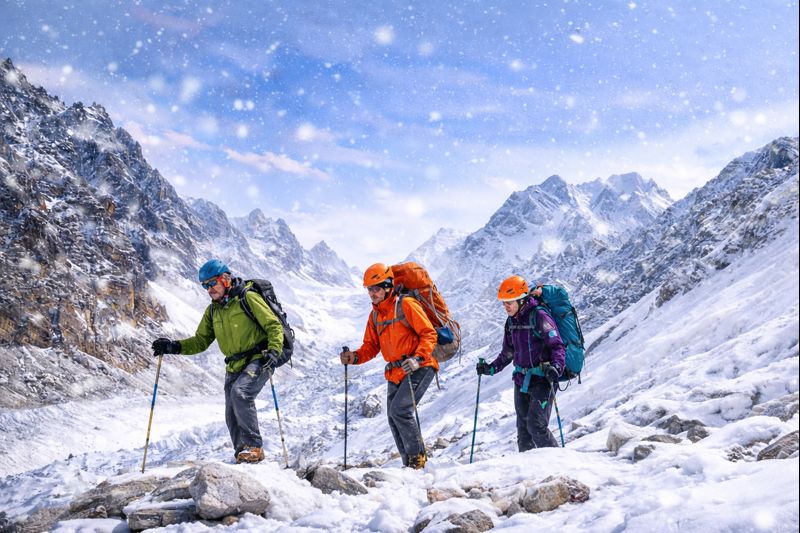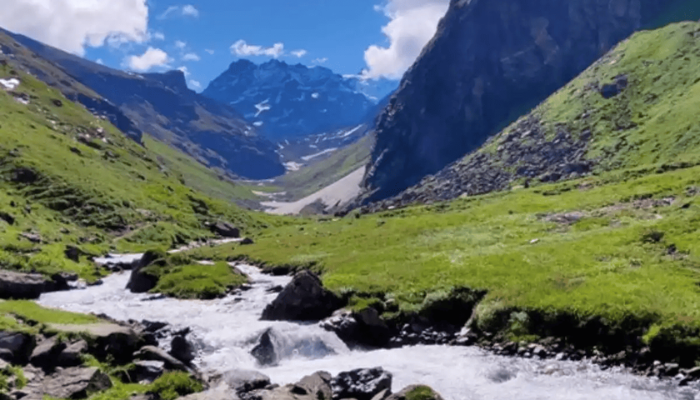
Gangotri Valley : More Than A Trekking Site
Gangotri Valley located in Garhwal Himalayas of Uttarkashi district holds significant importance. Gangotri glacier is the primary source of the Ganga River. The Ganga river originates from Gaumukh at an altitude of 3,900 meters, where it is known as the Bhagirathi. Ancient texts describe Gaumukh as the sacred mouth of a celestial cow, Kamadhenu which granted the Ganga to humanity. Flowing through the middle and lower Himalayan ranges, it cuts through passes and valleys. At Devprayag, the Bhagirathi meets the Alaknanda and is thereafter called the Ganga.
Alaknanda River originates from the Satopanth Glacier near Badrinath. It is formed when the Alaknanda, Dhauli Ganga and Vishnu Ganga rivers come together. At Vishnuprayag, the Dhauli Ganga merges with the Alaknanda, while at Rudraprayag, the Mandakini river joins it. Finally, the Ganga enters the plains at Haridwar.
According to Hindu mythology, the Ganga descended from heaven to Earth due to the penance (tapasya) of King Bhagirath who was the ancestor of Lord Ram. He wanted to purify the souls of his ancestors. Since the Ganga's force was too strong which could destroy the Earth, Lord Shiva held the river in his locks before releasing it gradually.
Due to its purity and salvation, the Ganga river is personified as 'Maa Ganga' or 'Devi Ganga'. Many ancient texts, including the Rigveda, Mahabharata and Ramayana, mention its sacredness that only a few drops of holi Ganga can purify the soul.
While many know Gangotri Valley for its phenomenal and spiritual aura, let's have a look at its other important aspects that make this sacred valley even more important.
1. Historical Importance:
The basin of Ganga has been the cradle of many ancient civilizations including the famous Indus Valley Civilization during the Harappan period and later the Gangetic Civilization during the Vedic period.
Many great cities and towns, such as Varanasi, Prayagraj and Patna, developed along its banks and became the centers of learning, trade and economy.
The famous Maurya and Gupta empires, which shaped Indian history, also thrived in the Ganga plains.
In historical records, the Gangotri region has been mentioned in various ancient Hindu scriptures like the Skanda Purana and the Mahabharata. The temple at Gangotri, dedicated to Maa Ganga, was originally built in the early 19th century by Amar Singh Thapa who was a Nepalese General. However, Gangotri Valley has been the core place for many yogis and sadhus for meditation for thousands of years before the temple's construction.
The Gangotri Valley is surrounded by various towering peaks, some of which are deeply tied to Hindu mythology. Some of them include:
- Mount Shivling (6,543 m): Known as the 'Matterhorn of the Himalayas', this peak is considered the earthly representation of Lord Shiva's divine form. It is a major attraction for trekkers worldwide.
- Bhagirathi Peaks: These three peaks (Bhagirathi I, II, III) are named after King Bhagirath and form a beautiful backdrop to the valley.
- Sudarshan Parbat: This mountain is associated with Lord Vishnu’s Sudarshan Chakra and is one of the most challenging peaks to climb.
2. Geographical Importance:
Gangotri Valley has significant geographical importance due to its glaciers and geographical terrain.
Gaumukh, located near Gangotri, the source of the Bhagirathi river, is one of the largest glaciers in the Himalayas. It lies about 18 km from Gangotri and is a popular trekking destination. However, the glacier is shrinking quickly due to climate change. Scientists predicted that it could affect the flow of the Ganga River in the future. Also, scientists and explorers have found ancient fossils in the area, showing that the region has gone through big changes over thousands of years.
3. Ecological & Economical Importance:
Gangotri valley is home to some of the most rare high-altitude flora and fauna:
Gangotri National Park, located in Gangotri Valley, covers 2,390 sq km and is one of India’s most untouched and less-explored wildlife parks. Established in 1989, it is home to rare animals like snow leopard, Himalayan blue sheep (bharal) and shy musk deer.
- Flora: The famous Bhojpatra trees, known for their distinctive bark which has been traditionally used for writing and various cultural practices, are found here. Juniper, rhododendrons and the rare Himalayan blue poppy are also found. Medicinal herbs like Atis and Kutki, known for their healing properties, are found here as well.
- Fauna: The valley shelters endangered species like the Himalayan black bear, snow partridge and monal pheasant (the state bird of Uttarakhand). One of the rarest sightings in the region is the snow leopard, which camouflages perfectly with the snow-covered landscape. This is why he is also called the 'Ghost of Himalayas'.
It is also said that the water of the Ganga, even after storing for years, does not spoil. Scientists attribute this to the presence of bacteriophages, which prevent bacterial growth. Another interesting ecological aspect is the self-purification quality of Ganga water which has intrigued researchers for centuries.
4. Spiritual Importance:
Gangotri has long been considered a perfect place for spiritual awakening and for doing Yoga and Meditation. Due to its high spiritual energy, the confluence of the sacred rivers, the towering peaks and the silence of nature create it a perfect place for Yoga and Meditation.
The ancient Pandava Caves are also located here, where the Pandavas are believed to have meditated. The valley remains unaffected by pollution due to which it is considered the cleanest places for breathing exercises such as Pranayama and Yoga.
Many ancient yogis have meditated in the caves around these peaks, believing the mountains emit spiritual energy beneficial for deep meditation.
Even today many modern-day yoga practitioners visit Gangotri to experience true detachment from worldly distractions and connect with nature and the self.
5. Cultural Importance:
Local communities of Gangotri Valley, primarily the Bhotiya and Garhwali people, have preserved their traditional lifestyle for centuries. The locals still live in wooden houses with slate roofs which are designed to withstand the harsh winters.
Local communities host the grand Ganga Dussehra festival, marking the descent of the Ganga on Earth. The temple also follows a six-month closure period during winter, during which the idol of Maa Ganga is moved to Mukhba village.
Gangotri is more than just a place or site, it’s full of history, nature, culture and spirituality. From its ancient stories to its unique wildlife and rich culture, it has something special for everyone. Whether you want blessings, adventure or peace, Gangotri is a magical place you must visit.
Read more: Best Treks from Gangotri
About Author

Prateeksha
Prateeksha is a professional content writer. She started writing as an amateur and developed it into a skill over time. She believes writing has great potential to express ideas and thoughts. For her, writing is more than work- it is a therapy that calms the soul.
Recent news
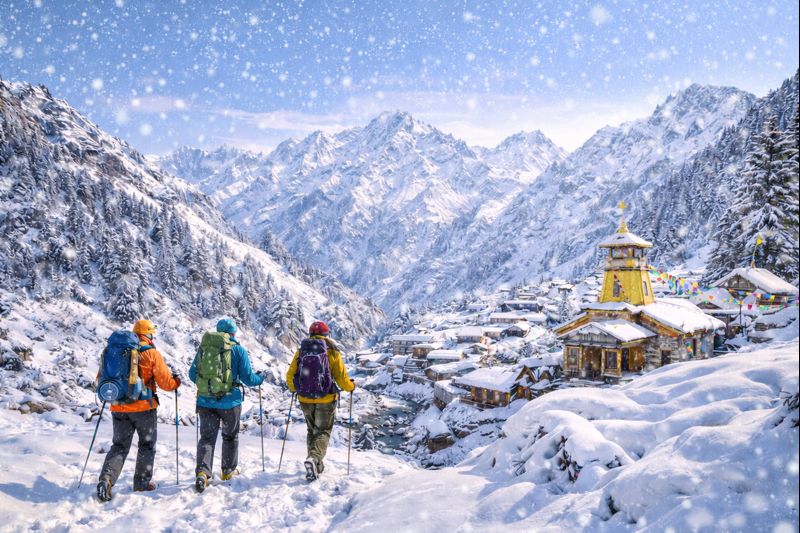
03 Jan 2026
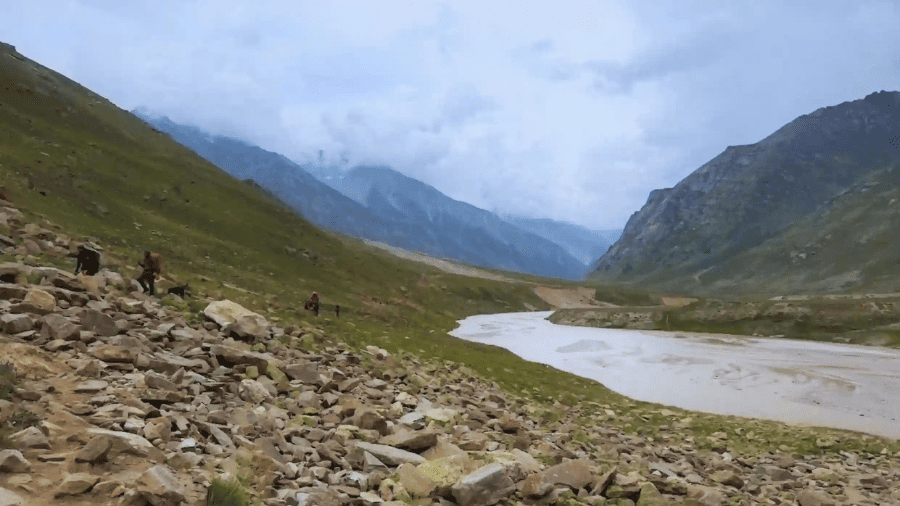
23 Dec 2025
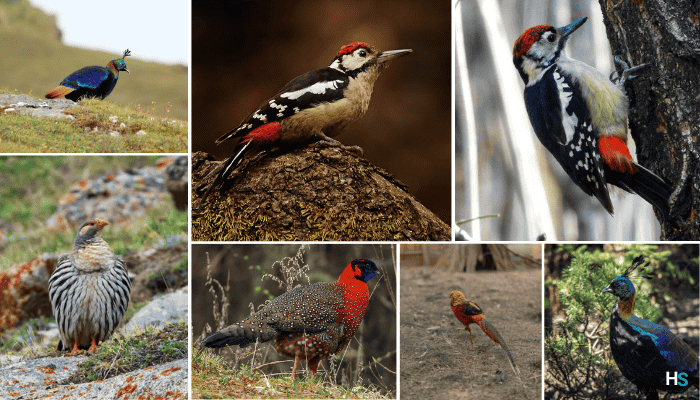
20 Dec 2025
